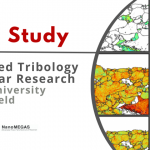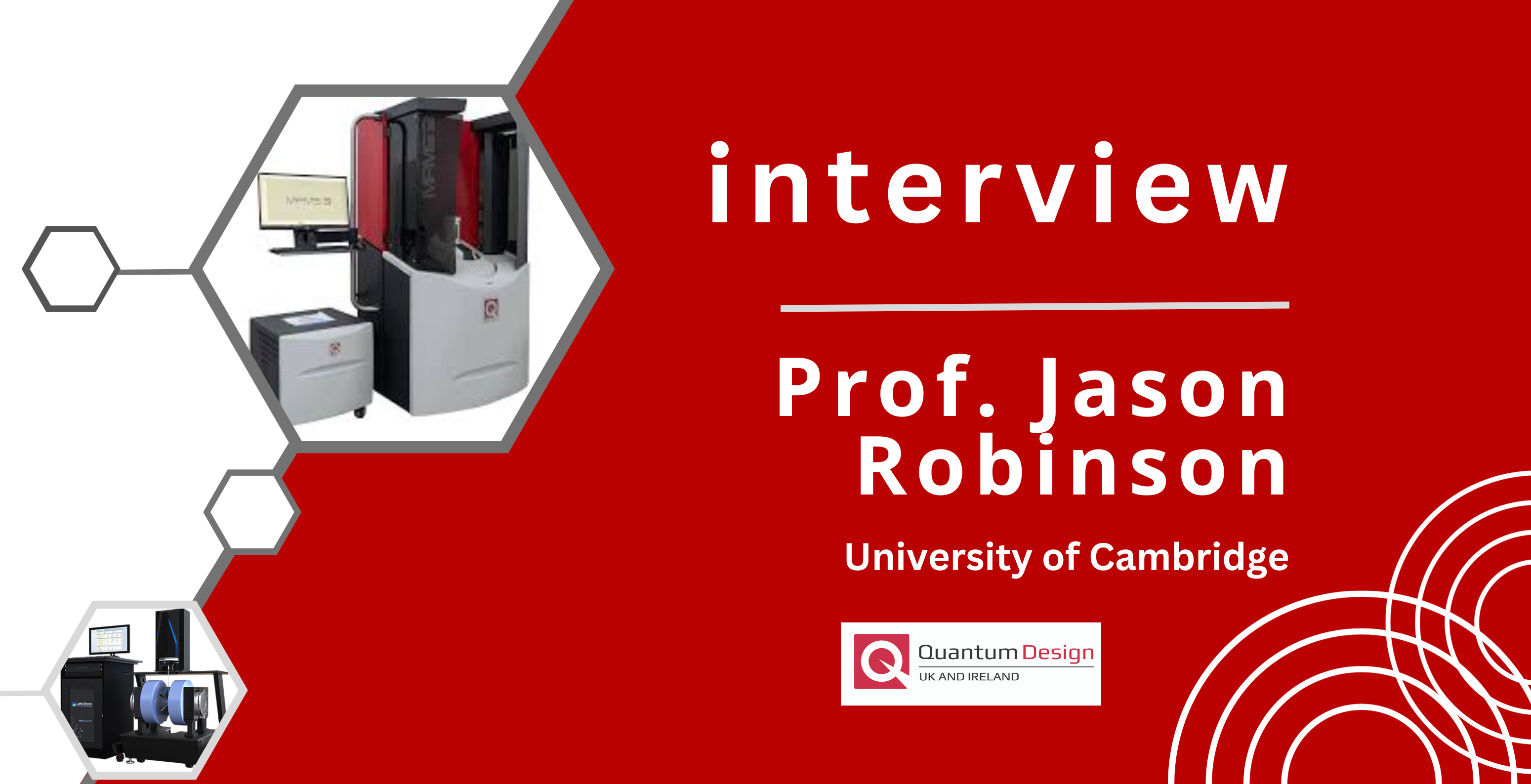
Professor Jason Robinson FIMMM, University of Cambridge CMP
The University of Cambridge Centre for Materials Physics (CMP) is a world-class research laboratory for advanced electronic materials synethesis, discovery, charactersation, and device development. It is not a group but a Centre and all equipment are owned by the Department of Materials Science & Metallurgy, and supported by expert Technicians and Facility Scientists associated with several groups or facilities in the Department.
Quantum Design UK and Ireland recently spoke with Professor. Jason Robinson…
“We work closely with global academic and industrial leaders to develop materials and devices for energy efficient computing, energy storage, energy generation, and energy conversion technologies for a sustainable future.”
Centre for Materials Physics (CMP)
The Centre is home to multiple open-access Henry Royce National Facilities, one of which is the Royce Transport Magnetometer…
The Royce Transport Magnetometer manages equipment for the characterisation of magnetic and electrical properties of materials and devices. All equipment are shared and owned by the Department of Materials Science & Metallurgy, and supported by expert Technical Staff associated with several groups across the Department and university, including the DMG, CMP, and the Maxwell Centre.

About Jason
Jason Robinson FIMMM has a Professorial Chair in Materials Physics at the University of Cambridge where he is a joint Head of the Department of Materials Science & Metallurgy, Director of the Quantum Materials & Devices Group, and co-director of the Centre for Materials Physics. His experimental research focuses on the development of multifunctional materials and devices, approaching key problems in the fields of spintronics, superconductivity, and quantum technologies. He has made major contributions to these fields, including the discovery of triplet Cooper pairs in hybrid superconductor/magnetic devices and helping to pioneer the field of superconducting spintronics.
Could you tell us a bit about which products you purchased from Quantum Design and why they were chosen?
“A few years ago, Cambridge Royce bought the Quantum Design MPMS3 as it specifically enables sensitive measurements in magnetic research.
The Lake Shore Cryotronics 8600 series room temperature vibrating sample magnetometer was brought in to complement the MPMS. It offers a fast-turnaround, high-throughput magnetic data.
The Facility needed kit that could fill the niche for room temperature experiments and optimise thin film research for academics and industry users.”
How has this helped the user experience?
“The principal benefit of this second purchase was the increase in the turnover of samples and freeing up the MPMS. It was a case of half an hour, versus half a day. And there is then the option to transfer to the MPMS for further research. This has allowed us to streamline the process, matching up users with the right equipment.”
“It’s been a game changer for industry led projects, without sacrificing sensitivity. As I manage both systems, it’s easy to be able to point users in the right direction, depending on the testing they want to carry out. Having both systems complement each other as well as provide different levels of results
The SQUID VSM is in a box, whereas the Lake Shore 8400 VSM is accessible. This enables us to attach wire samples easily.”
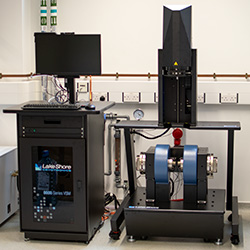
“It’s a customisable academic experience”
Prof. Jason Robinson
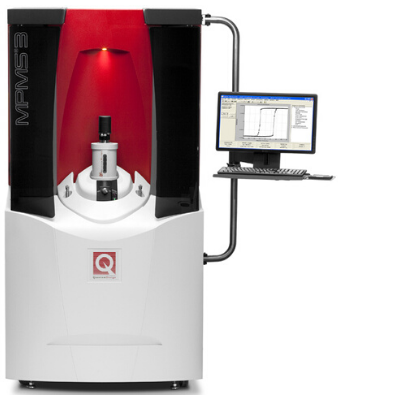
About the MPMS3
Quantum Design’s MPMS 3 provides users with the sensitivity of a SQUID (Superconducting Quantum Interference Device) magnetometer and the choice of multiple measurement modes.
Features:
- Wet or Cryogen Free versions available
- SQUID Sensitivity
- Multiple Measurement Modes (Including Traditional MPMS DC Scan and VSM)
- Temperature Range: 1.8 – 400 K
- 7 Tesla Magnet
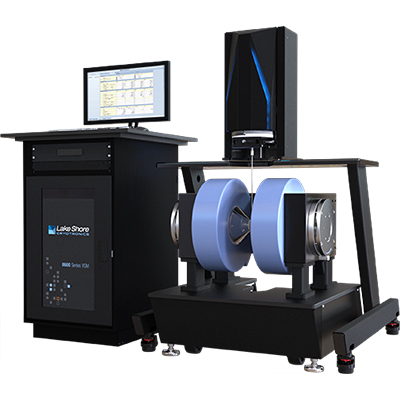
About the Lake Shore 8600 Series VSM
The 8600 Series vibrating sample magnetometer raises the bar for magnetometer performance and convenience. These VSMs combine high sensitivity (15 nemu), rapid measurement speed (10 ms/pt), and simple operation for more accurate measurements, faster.
Features:
- 0.15 × 10-7 emu noise floor at 10 s/pt
- 10 ms/pt data acquisition rate
- 10,000 Oe/s field ramp rate
- Rapid, repeatable temperature option exchange
- High stability—±0.05% per day
- Fields to 3.26 T
- Widest available temperature range—4.2 K to 1273 K
Further information:
Royce Transport Magnetometer | Centre for Materials Physics (cam.ac.uk)
Quantum materials and devices group | (cam.ac.uk)




